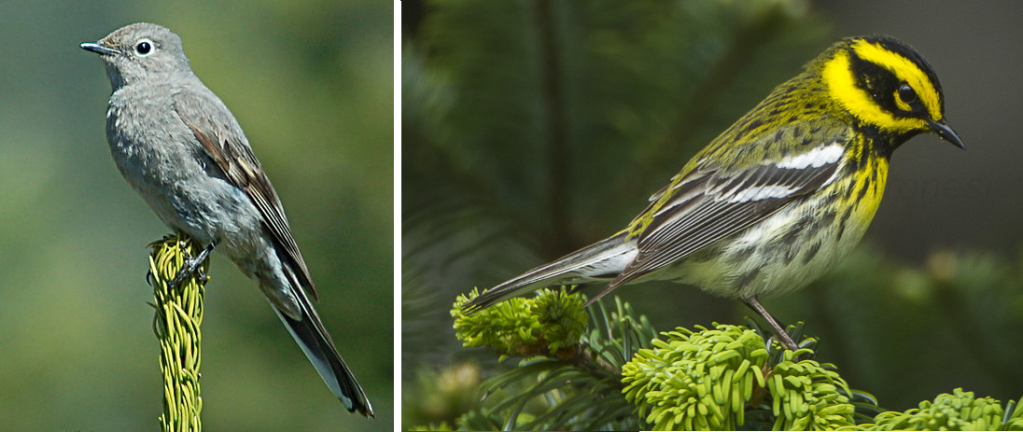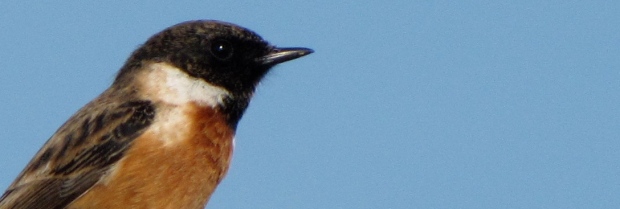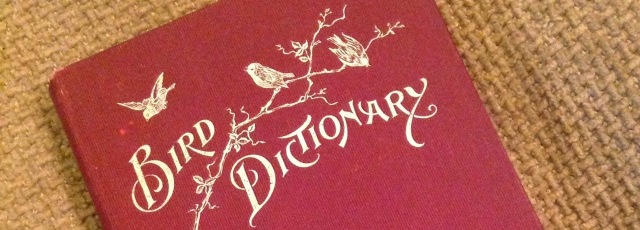
John Kirk Townsend, who lived from 1809 to 1851, was a prolific American naturalist. In his short life, he collected specimens of several species of bird that were new to science. But he was also an odious racist who raided the graves of Native Americans. He removed skulls from their corpses and sent them to Samuel Morton, one of the founders of scientific racism.
Whether realising this or not, for nearly two hundred years, biologists and birdwatchers have had to utter this man’s name when speaking of birds called Townsend’s Solitaire and Townsend’s Warbler. But those days could soon be over. On 1 November, the Council of the American Ornithological Society (AOS) announced that it would be changing all English-language names of birds in its jurisdiction that have been named after people.
Many scientists are celebrating the decision. Back in 2018, a PhD student called Robert Driver had urged the AOS to rename a bird called McCown’s Longspur (Rhynchophanes mccownii). It was named after was John P. McCown, who fought for the Confederacy during the American Civil War and had been involved in forced relocations of Native Americans in the 1840s.
“This longspur is named after a man who fought for years to maintain the right to keep slaves, and also fought against multiple Native tribes,” wrote Driver. “I ask that the English name of Rhynchophanes mccownii be changed from McCown’s Longspur to a sensible name or, if possible, a name used by Native tribes.”
In 2019, an AOS committee rejected Driver’s proposal. But the following year, it announced a rethink and soon after renamed the bird the Thick-Billed Longspur.
In the meantime, the Bird Names for Birds campaigned had taken off, highlighting other controversial names — such as a sparrow named after a slave owner and racist called John Bachman. The campaign called on the AOS to rename another 149 bird species in North America that bore the names of people.
It’s a position that ornithologist Matthew Halley had taken a year earlier, having previously opposed renaming. In 2020, Halley exposed the grave-digging by Townsend and by John James Audubon, another pioneering American naturalist whose name has also been attached to bird species (as well as schools, streets, protected areas and other places).
Writing on X yesterday, Halley pointed out that calls to end the naming of species after people are not new. Way back in 1799, the American ornithologist Charles W. Peale had stated that it was essential to stop “naming subjects of Nature, after Persons, who have plumed themselves with those childish ideas of their being the first discoverers of such or such things”.
More than two centuries later, the AOS agrees. It will give new English names to 260 bird species in the Americas, regardless of the merits or failings of the individuals after whom they are named. It will also rename three species whose names are otherwise offensive or exclusionary.
Announcing the plan, AOS President Colleen Handel said: “There is power in a name, and some English bird names have associations with the past that continue to be exclusionary and harmful today,” said. “We need a much more inclusive and engaging scientific process that focuses attention on the unique features and beauty of the birds themselves.”
Read more about the AOS’s English Bird Names Project or read the full report of recommendations to the AOS Council
Photo credits: Left — Townsend’s Solitaire (Don Henise / Wikimedia Commons). Right — Townsend’s Warbler (Francesco Veronesi / Wikimedia Commons).








